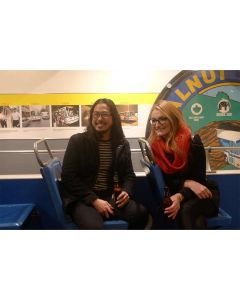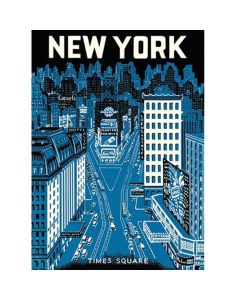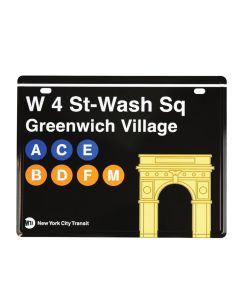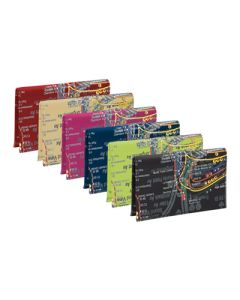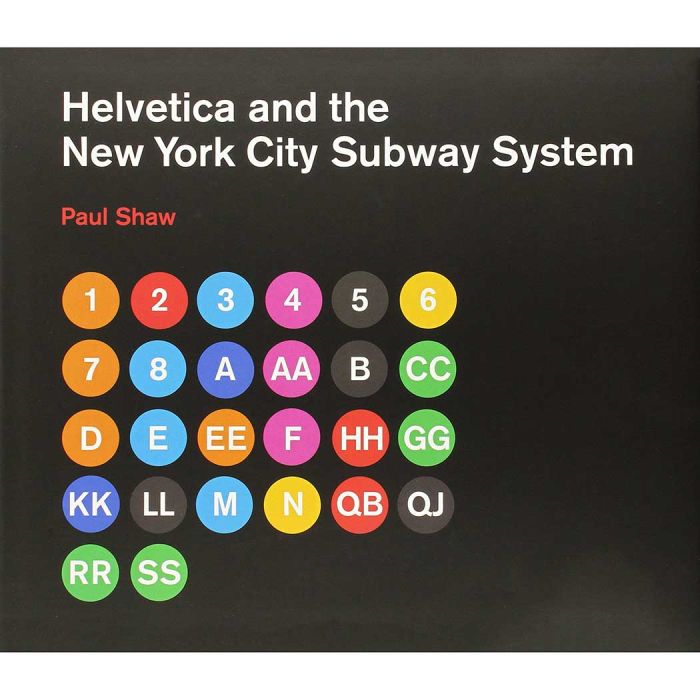
Helvetica and the New York City Subway System: The True (Maybe) Story Book
by Paul Shaw
For years, the signs in the New York City subway system were a bewildering hodge-podge of lettering styles, sizes, shapes, materials, colors, and messages. This book tells the story of how typographic order triumphed over chaos. Shaw describes the slow typographic changeover (supplementing his text with more than 250 images--photographs, sketches, type samples, and documents). He places this signage evolution in the context of the history of the New York City subway system, of 1960s transportation signage, of Unimark International, and of Helvetica itself.
Hardcover; 144 pages; 11 x 0.8 x 9.5 inches; ISBN-13: 978-0262015486
In stock
Description / Helvetica and the New York City Subway System: The True (Maybe) Story Book
by Paul Shaw
For years, the signs in the New York City subway system were a bewildering hodge-podge of lettering styles, sizes, shapes, materials, colors, and messages. This book tells the story of how typographic order triumphed over chaos. Shaw describes the slow typographic changeover (supplementing his text with more than 250 images--photographs, sketches, type samples, and documents). He places this signage evolution in the context of the history of the New York City subway system, of 1960s transportation signage, of Unimark International, and of Helvetica itself.
Hardcover; 144 pages; 11 x 0.8 x 9.5 inches; ISBN-13: 978-0262015486
What's The Story
| New York's first subway line opened in Manhattan on October 27, 1904 with 28 stations. The route traveled approximately nine miles from City Hall north to Grand Central Station, then west to Times Square and up the West Side to 145th Street. Today, the subway system has grown to 468 stations connecting neighborhoods across the city. |
